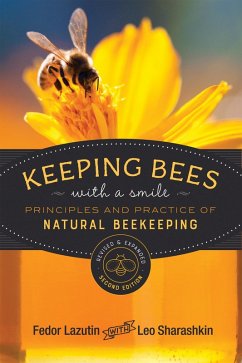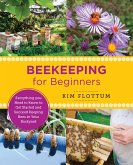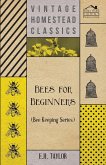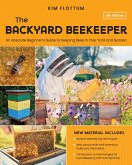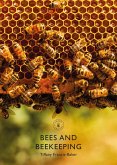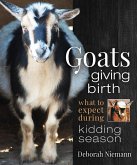Keep healthy, productive bees without chemicals, stress, or constant intervention. Master beekeeper reveals natural methods that work with bee biology instead of against it, producing more honey with less work while building stronger, disease-resistant colonies.
Why Chemical-Free Beekeeping Works Better:
Conventional beekeeping relies on treatments that weaken bee immunity and create dependency. This natural approach strengthens hives from within, resulting in healthier bees, better honey yields, and dramatically reduced colony losses.
What You'll Master
Results You Can Expect:
Beekeepers using these methods report 90% lower colony losses, 40% higher honey yields, and 75% less time spent on hive maintenance compared to conventional chemical-dependent approaches.
Transform beekeeping from constant worry to joyful partnership with nature. Your bees (and your harvest) will thank you.
Why Chemical-Free Beekeeping Works Better:
Conventional beekeeping relies on treatments that weaken bee immunity and create dependency. This natural approach strengthens hives from within, resulting in healthier bees, better honey yields, and dramatically reduced colony losses.
What You'll Master
- Natural hive management - work with bee instincts rather than fighting them
- Chemical-free disease prevention - build immunity through nutrition and environment
- Stress-free seasonal care - minimal intervention techniques that bees prefer
- Honey harvesting ethics - take surplus while ensuring winter survival
- Problem diagnosis - read bee behavior to prevent issues before they start
Results You Can Expect:
Beekeepers using these methods report 90% lower colony losses, 40% higher honey yields, and 75% less time spent on hive maintenance compared to conventional chemical-dependent approaches.
Transform beekeeping from constant worry to joyful partnership with nature. Your bees (and your harvest) will thank you.
Dieser Download kann aus rechtlichen Gründen nur mit Rechnungsadresse in A, D ausgeliefert werden.

